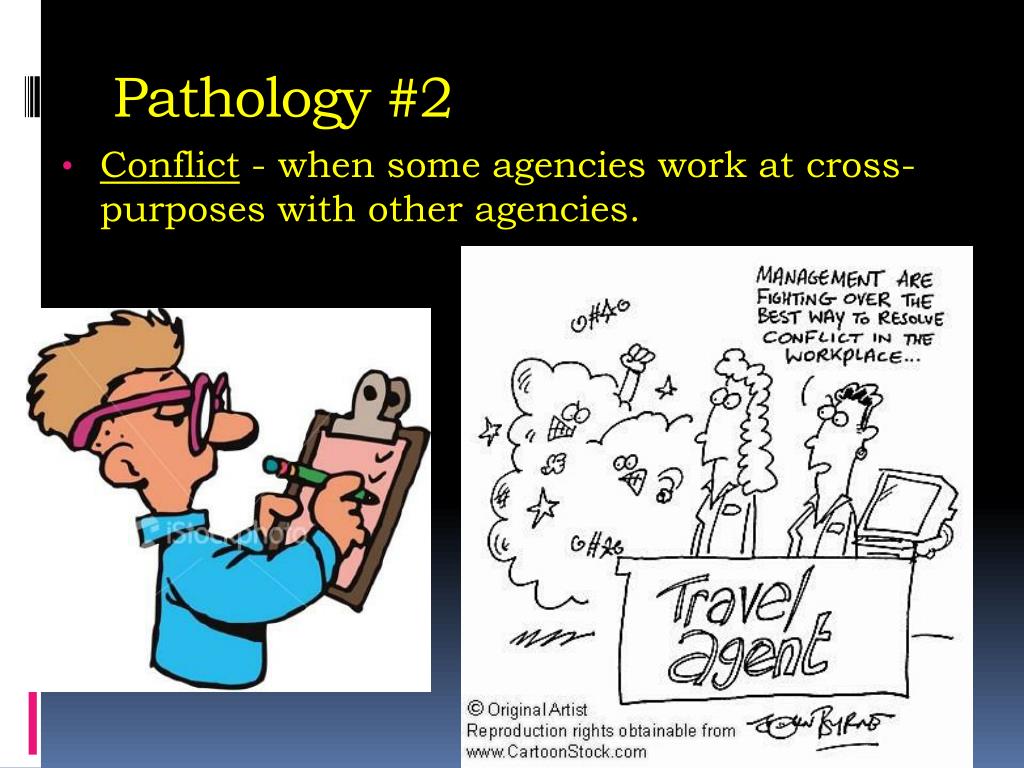

These definitions describe general concepts. This is also called dysphagia.The pathology dictionary is a collection of patient-friendly definitions for the most common terms and phrases used by pathologists in pathology reports. A swallowing disorder may lead to poor nutrition, weight loss, and other health problems. Problems may involve memory, attention, problem solving, organization, and other thinking skills.įeeding and swallowing-how well we suck, chew, and swallow food and liquid. Many young children will go through a time when they stutter, but most outgrow it.Ĭognitive-communication-how well our minds work. Someone who stutters may repeat sounds, like t-t-t-table, use "um" or "uh," or pause a lot when talking. We may sound hoarse, lose our voices easily, talk too loudly or through our noses, or be unable to make sounds.įluency-also called stuttering, is how well speech flows.
Pathology definition how to#
Social communication-how well we follow rules, like taking turns, how to talk to different people, or how close to stand to someone when talking. People with speech and language disorders may also have trouble reading, spelling, and writing. In adults this problem may be called aphasia. Language-how well we understand what we hear or read and how we use words to tell others what we are thinking. Other words for these problems are articulation or phonological disorders, apraxia of speech, or dysarthria. Speech sounds-how we say sounds and put sounds together into words.

SLPs treat many types of communication and swallowing problems. SLPs work with people of all ages, from babies to adults.

Speech-language pathologists, also called SLPs, are experts in communication.


 0 kommentar(er)
0 kommentar(er)
